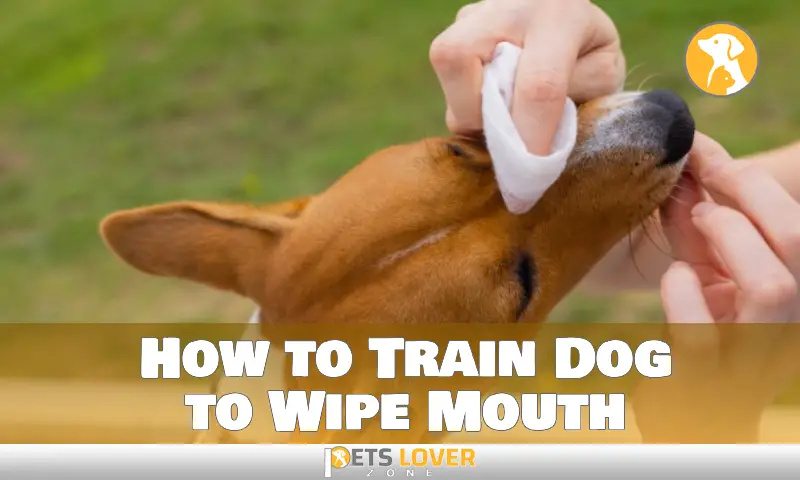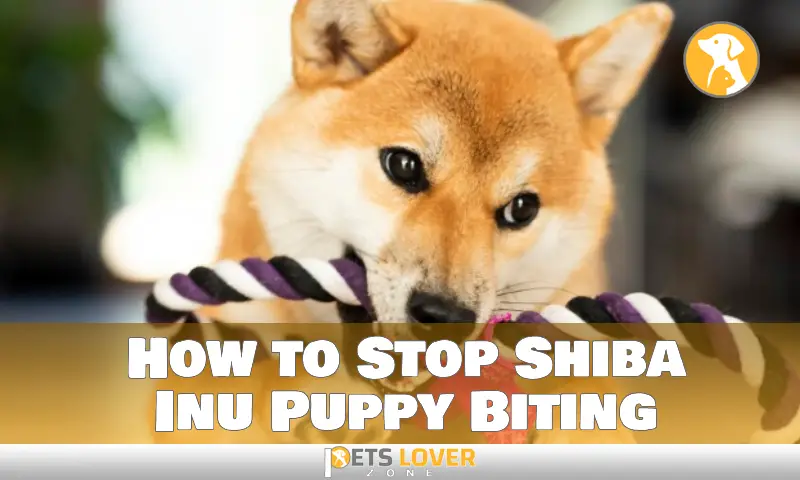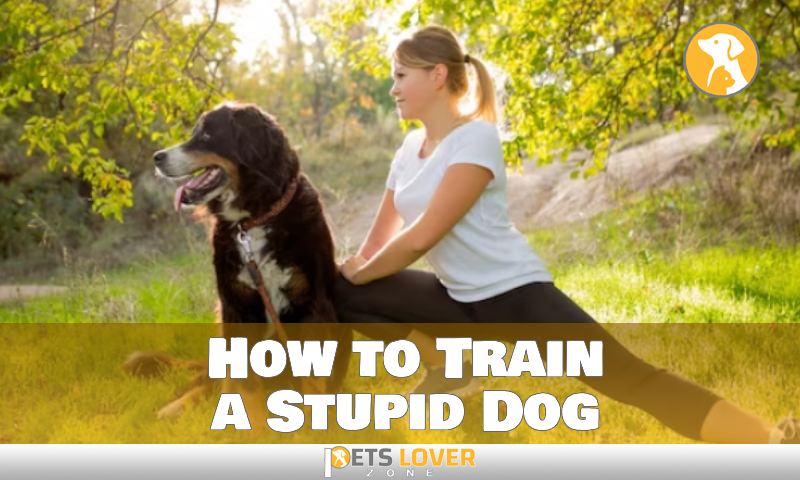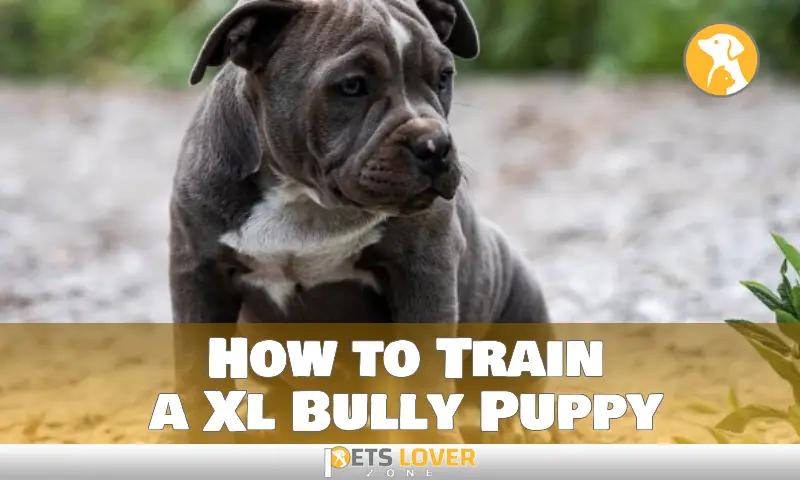As a pug puppy parent, you’re likely familiar with the regular teething and biting that comes along with this fluffy, fondly-loved breed. That doesn’t make it any less overwhelming or frustrating when your pup is attempting to chew on your fingers while they play. It’s important to establish biting boundaries early in your pup’s life—but it can be difficult to know where to start.
That’s why we’ve put together a comprehensive guide to help you get your pug puppy to stop biting once and for all. Whether you have an adult pup or a teething puppy, this guide will offer tips and tricks for how to deal with their nibbling behavior. We’ll cover how to avoid reinforce their biting habits and how to suppress them with positive reinforcement training.
We’ll also include alternatives of how to redirect their attention away from nibbling on hands and arms and into behaviors that are more acceptable and appropriate. Most importantly, we’ll provide advice on how to ensure everyone remains safe while learning these new rules. So let’s get started!
Understand Why Your Pup Is Biting
Biting is a very normal behavior for puppies—they learn to play with and interact with others by mimicking the behavior of their siblings. Therefore, it’s an important step in puppy socialization. Young pups may also bite due to teething, which typically happens between 3–7 months when their adult teeth are growing in.
Your role as the pet parent is to help your pup differentiate appropriate and inappropriate biting behavior. Understanding why your puppy bites can help inform how you go about discouraging the undesirable biting and encourage positive behaviors like gentle mouthing instead.
It’s also good to remember that puppies don’t know any better—it takes consistent positive reinforcement and training for them to understand what behaviors are acceptable and unacceptable. Training them early on will go a long way in helping encourage better behaviors for years to come.
Disciplining Your Pup With Positive Reinforcement
Pugs love to please their owners, so positive reinforcement training can be a great way to help them learn how to behave. Positive reinforcement uses rewards such as treats, praise, or toys to encourage good behavior. Rewards should be given immediately after the desired behavior is displayed in order to be effective. In addition, pugs respond better when food is used as a reward. With this in mind, it’s important that you have treats ready when you start training your pup.
You may encourage your pug to establish positive habits without endangering your relationship with them by rewarding excellent behavior and avoiding punishment for undesirable behavior. For instance, if your dog begins biting while you are playing fetch with them, give them the toy they want and reward them as soon as they stop biting or chewing on it with treats or praise. Continue doing this until they play with the toy together rather than attempting to bite it.
Training Techniques to Redirect Biting
Training techniques are a great way to redirect pug puppy biting behavior. Start by training them to sit, rewarding them with a toy for obeying the command. This teaches your pup that biting does not equal reward, and starts to shift their focus away from nipping and biting onto something more enjoyable.
When rerouting your dog’s behavior, it’s crucial to be consistent. When they exhibit signs of being able to concentrate on a different behavior, provide them with treats or verbal praise as positive reinforcement. Patience is essential because pups can’t be expected to understand what you want straight away.
Whenever your pup begins to bite, immediately offer an alternative such as a toy or treat, reinforcing that nipping/biting does not equal reward. As long as you remain consistent in these redirection methods, your pup should slowly begin to understand that other activities are far more rewarding than biting behaviors.
Provide Distractions When Your Pup Is Biting
Puppies are naturally curious and full of energy, and sometimes the only way they know how to express themselves is through biting. However, this can quickly become a problem if it’s not addressed. Fortunately, there are certain techniques you can use to help keep your pup from biting.
When your dog starts to become overexcited or begins biting, one of the best strategies is to offer distractions. Simply giving them a chew toy can accomplish this. If your dog is overtired, which is one of the most typical reasons of puppy biting, you can also provide a toilet break.
Another great way to distract your pup from biting is by using treats or rewards. When your pup gets too close for comfort, simply offer them a treat and distract their mouth so that they don’t continue with the unwanted behavior. This will help reinforce positive behaviors and create an understanding that this type of behavior will not be tolerated in the future.
How to Socialize a Pug Puppy Properly
Socializing a Pug puppy is an important step in helping them learn the appropriate way to interact with people and animals. The first 12 weeks of a puppy’s life are a crucial time for their development, and it’s important to provide them with the right environment for learning.
Here are some tips on socializing your Pug puppy:
- Start as early as possible – Socialization should begin from the pup’s day of birth. Get your pup used to being handled by different people, including children, and introduce them to various sights, sounds, and smells in the environment.
- Expose them to different types of people, places, objects, and animals – This will help your puppy learn how to respond and interact with different stimuli. Make sure they get plenty of positive touch interactions with humans and other animals throughout this process.
- Be patient – Socialization is a lifelong process; however, most of it should take place during the first 12 weeks of the pup’s life. Allow plenty of time for your puppy to explore unfamiliar environments; your pup will need lots of positive reinforcement during this period to ensure that they remain calm and confident when faced with new things.
By focusing on socializing your Pug puppy properly at an early age, you will help create a well-rounded canine companion who is comfortable in many different situations.
Understanding the Basics of Bite Inhibition
Bite inhibition is an essential part of proper puppy socialization. It is a learned response in which the dog consciously inhibits the full force of his biting ability when interacting with people and other animals. Though it may seem like a nuisance, puppy biting behavior is actually the means by which a young pup learns that his jaws can hurt, and through the process of bite inhibition, he learns how to use them gently.
Teaching bite inhibition involves praising and rewarding when the pup is gentle with its mouth and reacting or removing attention when it bites too hard. The goal is to let your pug know that biting too hard leads to an unpleasant consequence – no matter how gentle you have been up to that point, be sure to actively react or withdraw attention if he bites too hard during play.
While it might take some time for your puppy to learn not to bite so hard, soon enough your pup will understand what kind of pressure is okay and what type of pressure should be avoided. With patience and consistency, you’ll be able to get your pug puppy to stop biting in no time!
People Also Like: How to Get Your Cavapoo Puppy to Stop Biting Sooner
Conclusion
In conclusion, training your pug puppy to stop biting should be taken seriously and not taken lightly. There are several methods that can be employed to discourage the habit, from providing the pup with plenty of chew toys to distraction techniques, positive reinforcement, and even corrective discipline when necessary.
All puppies explore their environment with their mouths, so it’s important that owners take all necessary steps to ensure their pup’s safety and well-being, as well as that of their family and other pets. Properly training your pug puppy to stop biting will help give them a happy and healthy start to life, and ensure that they grow up to be a well-behaved and beloved companion.






